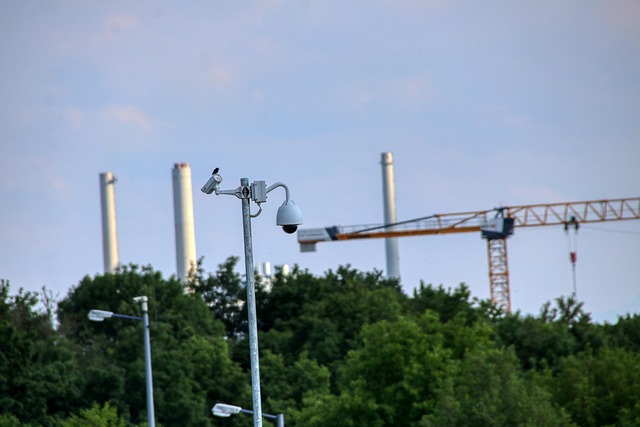Smart locks and alarms have revolutionized home and business security by combining technology with traditional methods. These devices offer keyless access, remote control via smartphone apps, motion sensors, glassbreak detectors, and smart cameras for quick threat response. Selecting the right smart locks requires considering advanced encryption, biometric authentication, integration with alarm systems, ease of installation, mobile app control, voice assistant compatibility, and real-time monitoring. By integrating these devices, homeowners gain peace of mind through instant notifications and centralized protection management, while also deterring intruders with automated alarms. Regular updates and testing are essential for reliable performance. Modern smart locks provide customization options, motion detection, automatic arming, and real-time alerts, enhancing security tailored to individual needs.
In today’s digital era, enhancing home security with smart locks and alarms is a game-changer. This comprehensive guide delves into the professional setup of these devices, offering an overview of their capabilities and practical tips for optimal protection. From choosing the right smart locks tailored to your needs to integrating advanced alarms for comprehensive coverage, each step ensures a secure environment. Learn how to configure your system, explore advanced features, and customize settings for a robust security solution that keeps you and your loved ones safe.
- Understanding Smart Security Devices: An Overview
- Choosing the Right Smart Locks for Your Setup
- Integrating Smart Alarms for Comprehensive Protection
- Setting Up and Configuring Your System
- Advanced Features and Customization Tips
Understanding Smart Security Devices: An Overview
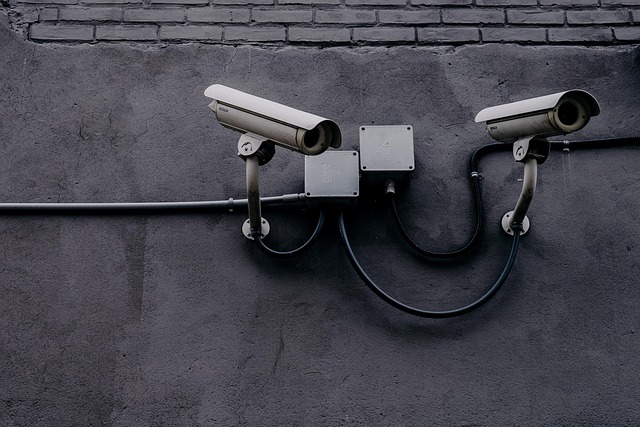
Smart security devices, such as smart locks and alarms, have revolutionized home and business safety by integrating technology with traditional security measures. These devices offer advanced protection through remote monitoring, automated responses, and real-time alerts, enhancing peace of mind for property owners.
Smart locks provide keyless entry using biometric authentication or digital codes, eliminating the need for physical keys. They can be controlled remotely via smartphone apps, allowing users to lock and unlock doors from anywhere. Alarms, on the other hand, are equipped with motion sensors, glassbreak detectors, and smart cameras, enabling quick response to potential threats. These devices can be interconnected, creating a comprehensive security system that ensures every entry point is secured.
Choosing the Right Smart Locks for Your Setup
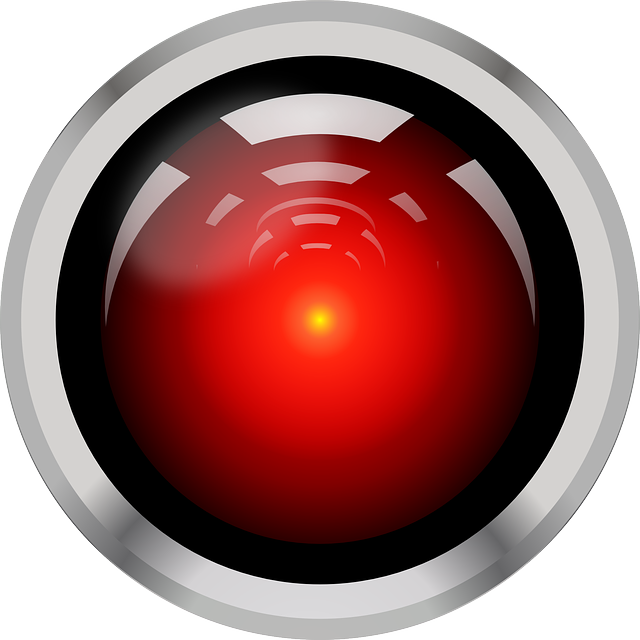
When setting up a comprehensive smart security system, selecting the ideal smart locks is a pivotal decision. These devices serve as the first line of defence, ensuring only authorised individuals gain entry to your professional space. Look for smart locks that offer advanced encryption protocols and biometric authentication methods like fingerprint or facial recognition for added security. Alarms integration is another essential feature; choose models compatible with your existing alarm system for seamless monitoring and alerts.
Consider factors such as ease of installation, mobile app connectivity for remote control, and voice assistant compatibility to streamline your setup process and enhance convenience. Additionally, opt for locks with real-time monitoring capabilities, allowing you to track access attempts and receive instant alerts. By choosing the right smart locks, you can create a robust security framework, safeguarding your professional environment from potential threats.
Integrating Smart Alarms for Comprehensive Protection

In today’s digital era, integrating smart locks and alarms is a game-changer for enhancing home security. These innovative devices offer comprehensive protection by providing real-time alerts and remote access control. Smart alarms are designed to detect unusual activities, such as unauthorized entry attempts or suspicious movements, and instantly notify homeowners or authorized personnel through mobile apps. This early warning system not only gives residents peace of mind but also allows them to take immediate action.
By seamlessly integrating smart locks with alarm systems, homeowners can ensure that their properties are secure both physically and digitally. For instance, when an intruder attempts to gain access, smart locks can automatically trigger alarms, deterring potential criminals and alerting neighbors or security services. This interconnected approach to security creates a robust defense mechanism, making it easier for professionals to monitor and manage various aspects of home protection from a centralized platform.
Setting Up and Configuring Your System
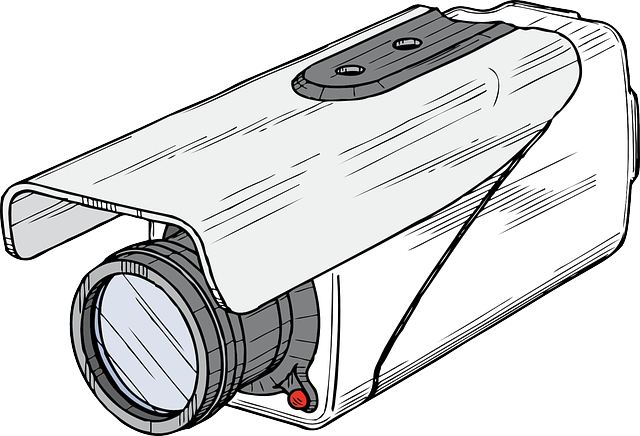
Setting up a professional-grade smart security system, complete with smart locks and alarms, involves careful configuration for optimal protection. Begin by assessing your property’s unique needs, considering factors such as entry points, areas requiring heightened security, and any potential vulnerabilities. This step ensures that every aspect of your space is accounted for, from front doors to windows and even remote access points.
Once identified, integrate smart locks into these high-risk areas, ensuring they are connected to a reliable central hub or control panel. Configure alarm systems to respond to unauthorized attempts at entry, with customizable alerts and notifications sent directly to your smartphone. Regular testing and updates of the system’s firmware will also ensure its longevity and reliability in protecting your property and valuables.
Advanced Features and Customization Tips
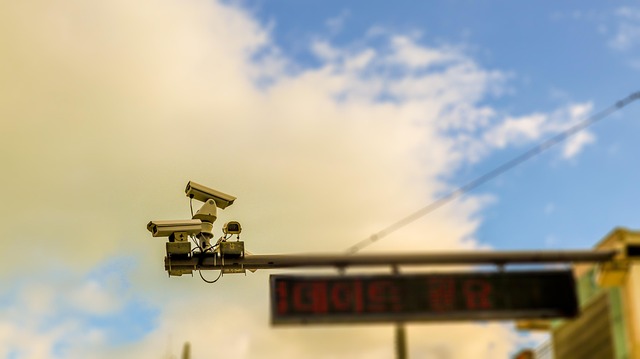
Many modern smart security devices, including smart locks and alarms, offer advanced features that enhance home protection. These features often include motion detection, automatic arming when doors or windows are closed, and real-time alerts sent to your smartphone. Some devices even allow for remote access, enabling you to monitor and control your security system from anywhere. Customization is another key aspect, as users can tailor settings to suit their specific needs. For smart locks, this might involve creating unique access codes for family members or guests, scheduling lock and unlock times, and integrating with home automation systems for seamless control. With alarms, customization options may include setting different sensitivity levels for various rooms or areas, configuring specific triggers for alerts, and personalizing the alarm sound to avoid false alarms.
Smart security devices are transforming the way we protect our professional spaces. By integrating features like smart locks and alarms, you can create a secure and efficient environment that keeps your business safe. From choosing the right hardware to configuring advanced settings, this guide has equipped you with the knowledge to set up a robust smart security system tailored to your needs. Now, it’s time to take control of your professional setup’s safety and peace of mind.
